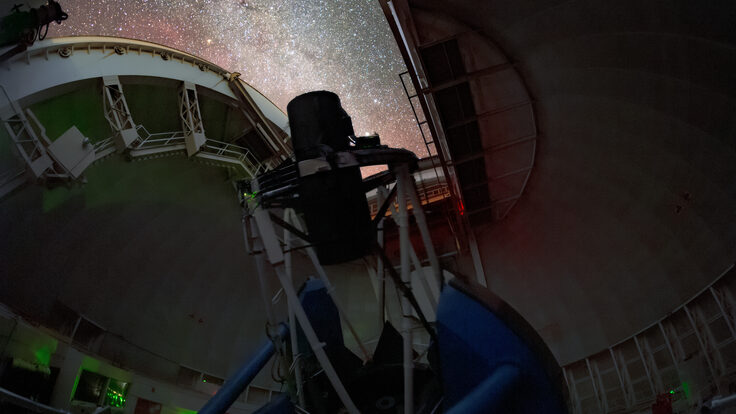Explain it in 60 seconds
X-ray lasers will be the next generation of light source. They will deliver extraordinarily intense beams of X-rays in very short bursts that are ten billion times brighter than those in any other light source. They will find applications in sciences ranging from new material design to astrophysics research to drug development as scientists use the lasers to reveal molecular structures never seen before.
X-rays lasers are driven by high-current, high-energy electron beams such as those produced in linear accelerators. Wiggling back and forth between rows of magnets called undulators, the electron beams emit coherent bursts of X-rays. The first generation of X-ray lasers is currently under construction in Germany (at the DESY laboratory), Japan (at the SPring-8 laboratory), and the United States (at Stanford Linear Accelerator Center).
Applications for X-ray lasers include: making movies of chemical reactions that proceed faster than can be observed in any other way; determining the structure of single molecules or small clusters of molecules that cannot be examined with less intense sources; and producing and studying new states of matter called warm dense plasmas, similar to what might exist in the interior of stars and other astronomical objects.







